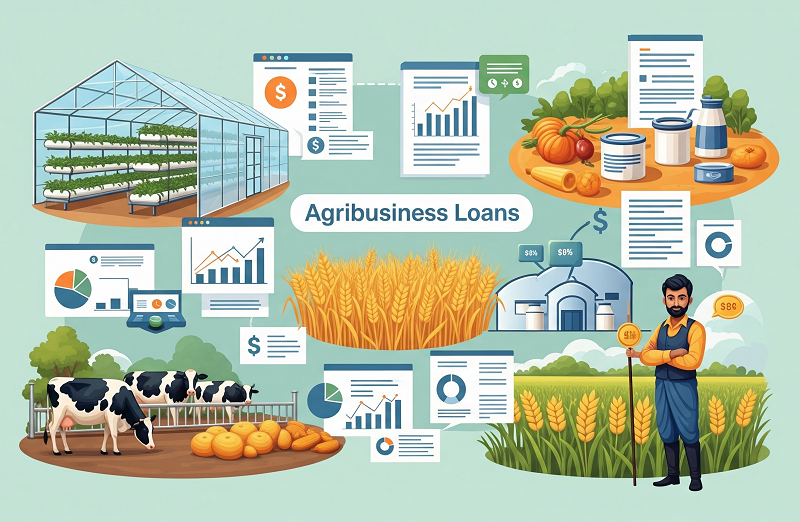You’ve probably heard that agriculture is one of the most stable investment sectors, and there’s good reason for that. Food production isn’t going anywhere, and neither is the need for smart financing in this space. Whether you’re a farmer looking to expand your operation or an investor eyeing agricultural opportunities, understanding agribusiness loans and investments can open doors you didn’t even know existed.
Agribusiness Financing IS Different Than Traditional Loans
The experts at Rabobank emphasize that agricultural financing isn’t like getting a loan for your house or car. The seasonal nature of farming means your cash flow looks different throughout the year. You might plant in spring, tend crops all summer, and see your major income arrive at harvest time. Lenders who understand agriculture get this rhythm.
Traditional banks sometimes struggle with this concept, but agricultural lenders have designed products specifically for your unique needs. They understand that a dairy farmer’s monthly income looks vastly different from a grain farmer’s annual harvest payment.
Types of Agricultural Loans Available to You
- Operating loans help you cover day-to-day expenses like seeds, fertilizer, and equipment maintenance. Think of these as your working capital. You’ll typically repay these within one year, often right after harvest.
- Equipment financing lets you purchase or lease tractors, combines, and other machinery. These loans usually stretch over several years since equipment lasts longer and generates income over time.
- Real estate loans help you buy farmland or farm buildings. These work similarly to residential mortgages but with terms that reflect agricultural income patterns.
- Livestock loans provide funding for purchasing cattle, hogs, or other animals. Your livestock often serves as collateral, and repayment aligns with breeding cycles or market timing.
The Government CAN Help
The USDA offers several loan programs designed specifically for agricultural borrowers. Their Farm Service Agency (FSA) provides direct loans and guaranteed loans through approved lenders. You don’t have to navigate this alone.
Beginning farmer programs offer favorable terms if you’re just starting out. These programs recognize that entry barriers in agriculture can be high, so they provide additional support and more flexible requirements.
Conservation loans help you implement environmentally friendly practices while improving your operation’s sustainability. You’re not just farming for today; you’re building for future generations.
Make Money With More Than Just Farming
Agricultural real estate investment trusts (REITs) let you invest in farmland without getting your boots muddy. These publicly traded companies own and lease agricultural properties, providing you with exposure to farming income and land appreciation.
Farmland crowdfunding platforms have emerged as another option. You can invest smaller amounts alongside other investors to purchase agricultural properties. It’s like buying a piece of the farm without buying the whole farm.
Agricultural technology companies present another investment avenue. From precision farming equipment to crop monitoring software, these companies are revolutionizing how farming gets done.
Smart Decisions
Before jumping into any agricultural loan or investment, you need to understand your risk tolerance and timeline. Agricultural markets can be volatile, influenced by weather, global trade policies, and commodity prices.
Consider working with agricultural financial advisors who understand this sector’s unique challenges and opportunities. They can help you structure financing that matches your operation’s cash flow or identify investment opportunities that align with your goals.
Successful agricultural finance isn’t just about getting money; it’s about building relationships. Find lenders and investment partners who understand agriculture and want to see you succeed long-term. Your agricultural dreams are within reach when you understand the financing tools available to make them a reality.







